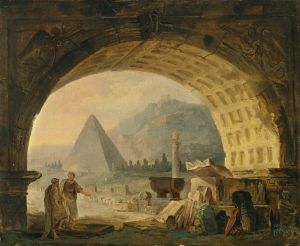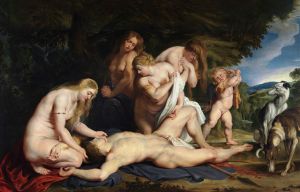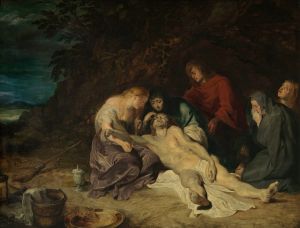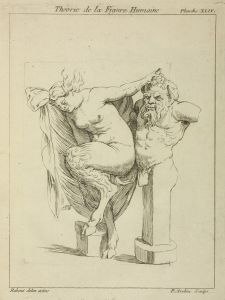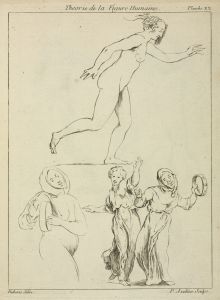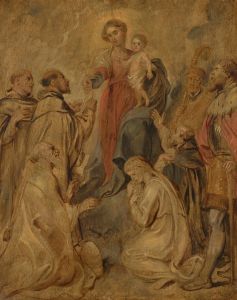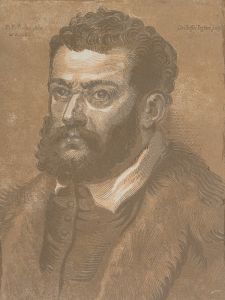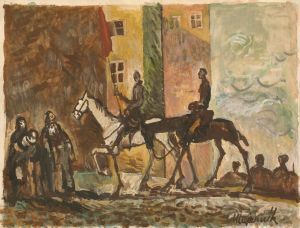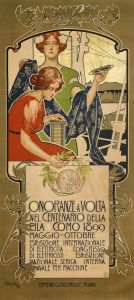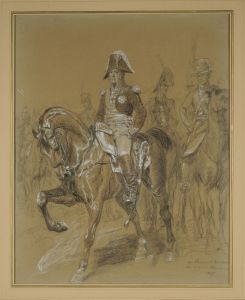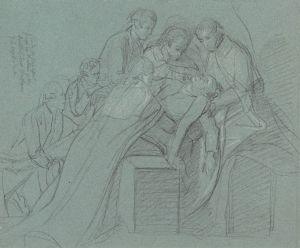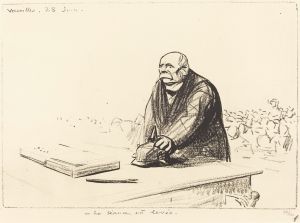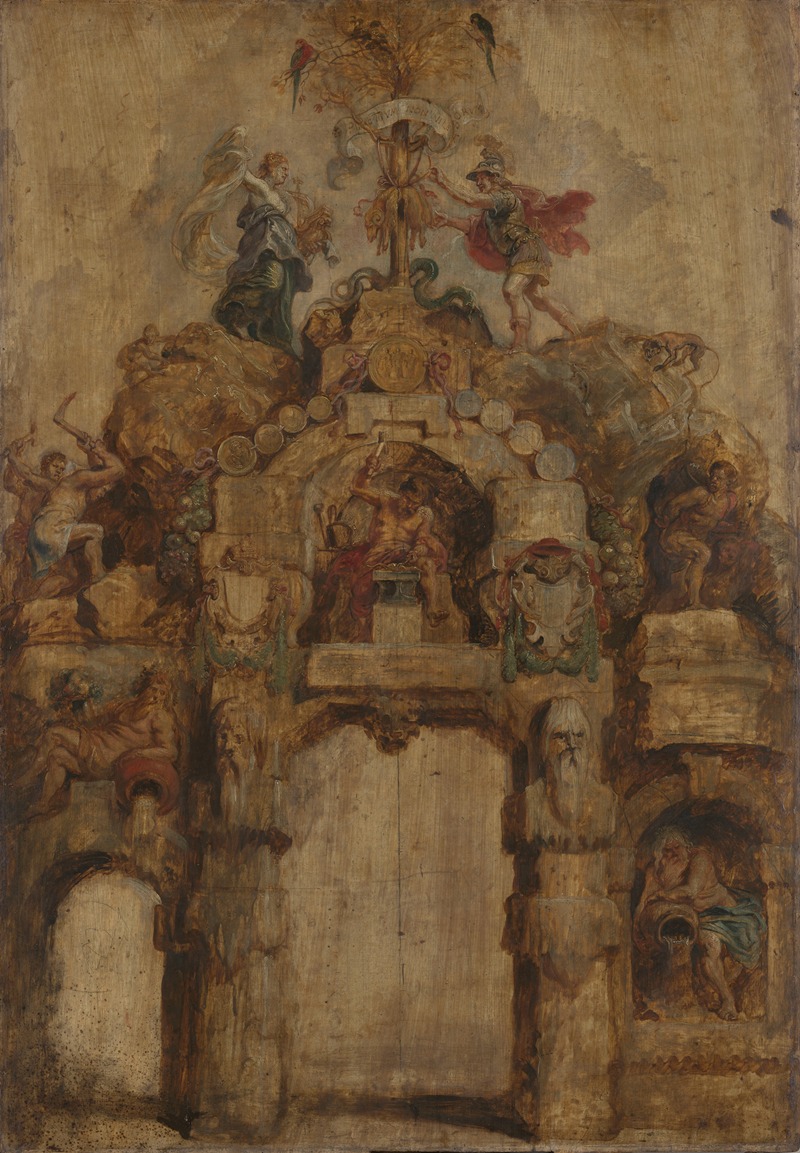
The Arch of the Mint
A hand-painted replica of Peter Paul Rubens’s masterpiece The Arch of the Mint, meticulously crafted by professional artists to capture the true essence of the original. Each piece is created with museum-quality canvas and rare mineral pigments, carefully painted by experienced artists with delicate brushstrokes and rich, layered colors to perfectly recreate the texture of the original artwork. Unlike machine-printed reproductions, this hand-painted version brings the painting to life, infused with the artist’s emotions and skill in every stroke. Whether for personal collection or home decoration, it instantly elevates the artistic atmosphere of any space.
"The Arch of the Mint" is a painting by the renowned Flemish Baroque artist Peter Paul Rubens. Created in 1635, this work is part of a series of temporary triumphal arches and decorations designed by Rubens for the joyous entry of Cardinal-Infante Ferdinand into Antwerp. The event celebrated Ferdinand's arrival as the new governor of the Spanish Netherlands, and Rubens was commissioned to create a series of elaborate and grandiose decorations to mark the occasion.
Peter Paul Rubens, born in 1577, was one of the most influential artists of his time, known for his dynamic compositions, vibrant color palette, and masterful depiction of movement and emotion. His work on "The Arch of the Mint" exemplifies his ability to blend classical themes with contemporary political and cultural events.
The painting itself is a grandiose and elaborate depiction of a temporary triumphal arch, which was constructed in front of the Antwerp Mint. The arch was adorned with various allegorical figures, classical motifs, and inscriptions that celebrated the virtues and achievements of Cardinal-Infante Ferdinand. Rubens' design for the arch was intended to convey a sense of grandeur and magnificence, reflecting the importance of the occasion and the status of the honored guest.
"The Arch of the Mint" is characterized by its intricate details and the use of classical iconography. Rubens incorporated figures from mythology and history to symbolize the virtues and qualities associated with Ferdinand. The arch featured statues of Hercules and Minerva, representing strength and wisdom, respectively, as well as other allegorical figures that conveyed messages of peace, prosperity, and good governance.
The painting also highlights Rubens' skill in creating a sense of depth and perspective. The arch is depicted with a strong sense of three-dimensionality, drawing the viewer's eye into the composition and creating a sense of awe and grandeur. The use of light and shadow further enhances the dramatic effect of the scene, emphasizing the importance of the event and the significance of the arch as a symbol of triumph and celebration.
"The Arch of the Mint" is an important example of Rubens' work as a designer of temporary decorations for public celebrations. It showcases his ability to combine artistic skill with political and cultural themes, creating works that were not only visually stunning but also rich in symbolic meaning. The painting is a testament to Rubens' versatility as an artist and his ability to adapt his style to different contexts and purposes.
Today, "The Arch of the Mint" is recognized as a significant work in Rubens' oeuvre, reflecting his contribution to the art and culture of the Baroque period. It remains an important example of how art was used to celebrate and commemorate significant events in history, and how artists like Rubens played a crucial role in shaping the visual culture of their time.





